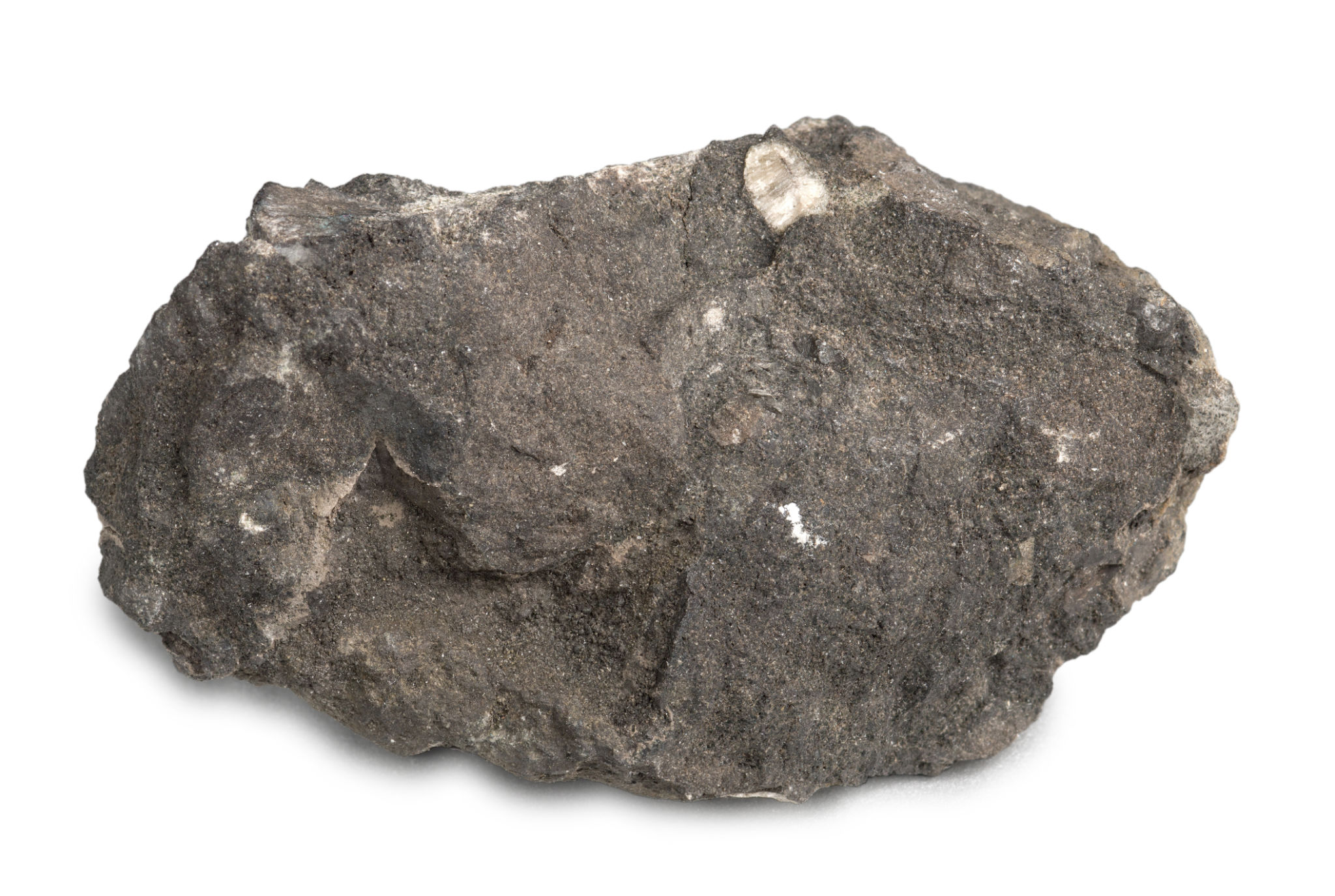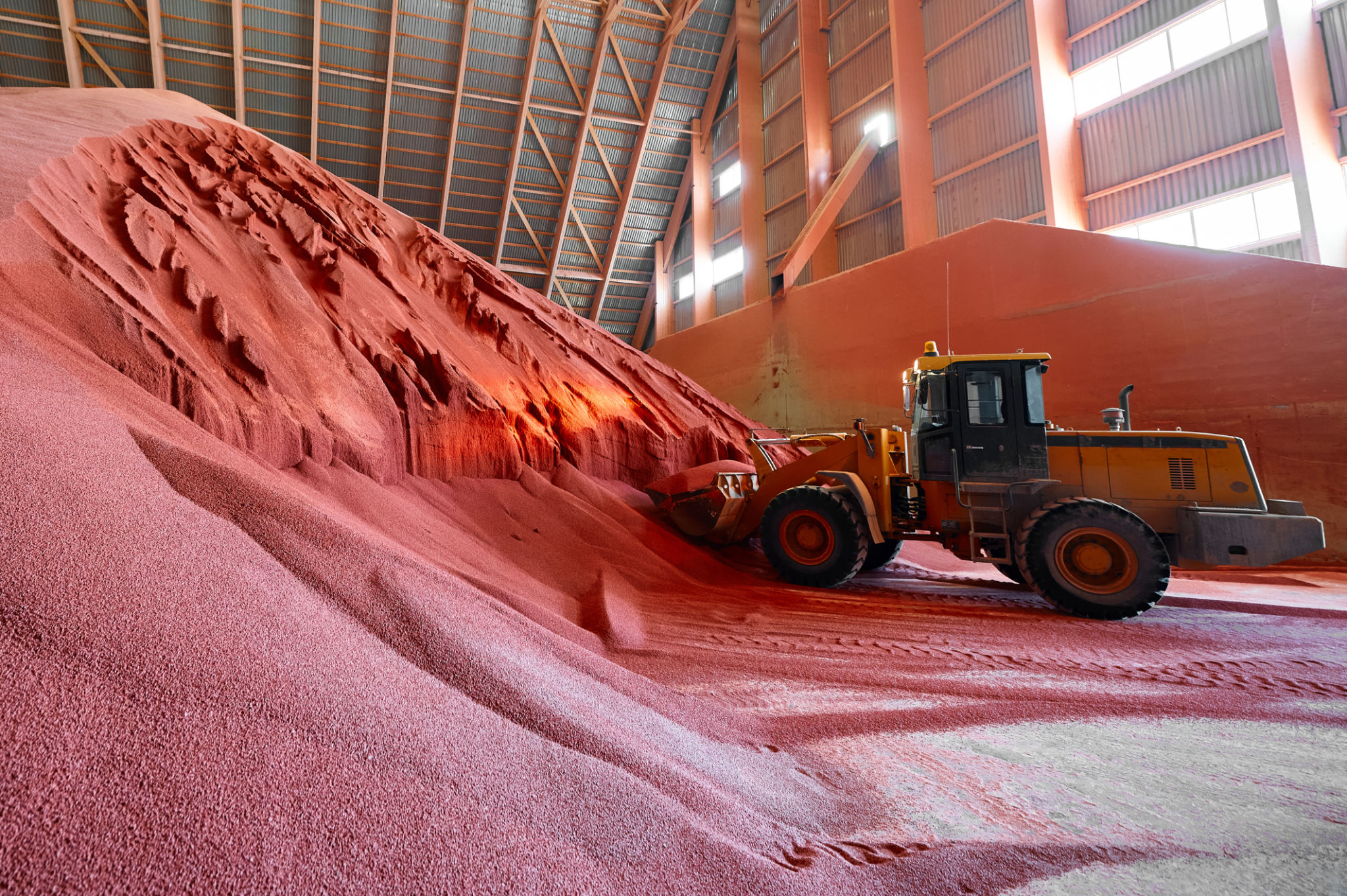The Importance of Rock Phosphate in Sustainable Farming Practices
Understanding Rock Phosphate
Rock phosphate, a natural mineral, is a crucial component in sustainable farming practices. It serves as an essential source of phosphorus, a nutrient vital for plant growth and development. Unlike synthetic fertilizers, rock phosphate releases nutrients slowly, ensuring a steady supply over time and minimizing environmental impact.
The mineral is composed primarily of calcium phosphate along with other minerals. Its natural formation makes it an eco-friendly alternative to chemical fertilizers. By integrating rock phosphate into farming practices, farmers can maintain soil fertility and enhance crop yield sustainably.

The Role of Phosphorus in Plant Growth
Phosphorus is one of the three primary macronutrients required by plants, alongside nitrogen and potassium. It plays an integral role in various plant processes, including energy transfer, photosynthesis, and nutrient movement within the plant. Without adequate phosphorus, plants struggle to form roots, flowers, and seeds.
Rock phosphate serves as a slow-release source of this critical nutrient. As it breaks down in the soil, it gradually makes phosphorus available to plants, promoting healthy growth and development. This gradual release also helps prevent nutrient leaching into water bodies, protecting the environment.
Benefits of Using Rock Phosphate
Utilizing rock phosphate in sustainable farming offers several advantages:
- Long-term Nutrient Supply: Its slow-release nature ensures a prolonged availability of phosphorus.
- Soil Health Improvement: Enhances soil structure and microbial activity.
- Reduced Environmental Impact: Minimizes chemical runoff and water pollution.
These benefits make rock phosphate an attractive option for farmers aiming to improve yields while maintaining ecological balance.

Application Techniques for Optimal Results
To maximize the benefits of rock phosphate, it is essential to apply it correctly. Here are some recommended techniques:
- Soil Testing: Determine phosphorus levels to avoid over-application.
- Incorporation into Soil: Mix rock phosphate with soil to enhance its effectiveness.
- Combination with Organic Matter: Use alongside compost or manure to improve nutrient absorption.
By following these techniques, farmers can optimize the efficiency of rock phosphate as a fertilizer.
Challenges and Considerations
While rock phosphate offers numerous benefits, there are challenges to consider. The availability of high-quality deposits can vary by region, affecting accessibility for some farmers. Additionally, the mineral's effectiveness can be influenced by soil pH and microbial activity.
Farmers must assess their specific conditions to determine if rock phosphate is suitable for their operations. Collaborating with agricultural experts can help overcome these challenges and ensure successful implementation.

Future Prospects of Rock Phosphate in Agriculture
As the demand for sustainable farming practices grows, rock phosphate's role is likely to expand. Research continues to explore innovative applications and improve its efficiency as a fertilizer. Advances in technology may also facilitate easier access and more precise application methods.
The integration of rock phosphate into agricultural systems represents a step towards achieving long-term food security while preserving natural resources. By adopting such practices, the agricultural sector can contribute to a more sustainable future.
Conclusion
The importance of rock phosphate in sustainable farming cannot be overstated. It not only provides essential nutrients but also supports environmental conservation efforts. By understanding its benefits and application techniques, farmers can harness its potential to enhance productivity while safeguarding the planet.
Embracing rock phosphate as part of an integrated nutrient management strategy will enable farmers to achieve a balance between productivity and sustainability, ensuring the health of both crops and ecosystems for generations to come.
